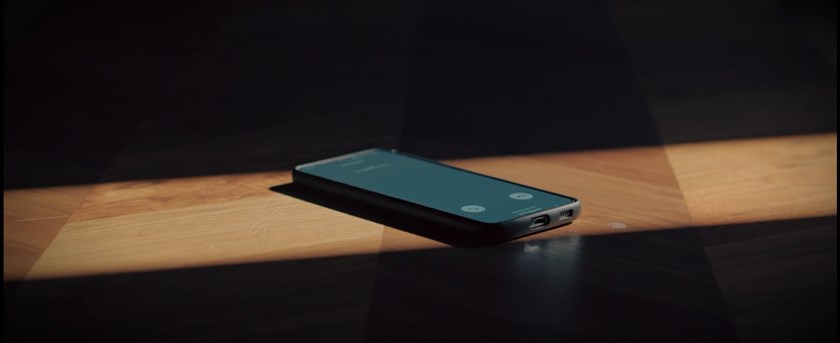Prince Harry and David Beckham: a close look at IPSO's approach to privacy
News

IPSO recently published its decisions on two separate privacy complaints brought against the Mail Online: the first by Prince Harry (which was upheld) and the second by David and Victoria Beckham (which was not). The two complaints centred on different aspects of alleged intrusive photography into the complainants' private lives. On the face of it the two decisions seem at odds with the received wisdom: photographs of Mr and Mrs Beckham's new home were deemed permissible while images of Prince Harry on a beach with his girlfriend were found to be an invasion of his privacy. However, the rulings are less surprising when analysed in detail. This briefing looks at the difference in approach taken by IPSO and should serve as a reminder to those in the public eye of the importance of taking steps to protect their privacy at every turn.
Prince Harry v Mail Online
On 4 March 2017, the Mail Online published an article headlined, "Time to cool off! Happy (and hunky) Prince Harry enjoys a dip in the ocean as he and Meghan relax on the beach in Jamaica after his 'wingman's' sun-drenched wedding". The article was accompanied by a number of grainy photographs that showed Prince Harry in his swimming shorts on what was said to be a private beach at a private resort.
Prince Harry successfully argued that the photographs were a breach of his privacy (and specifically Clause 2 of the Editors' Code of Practice). In particular, he relied on the fact that the photographs were taken with a long-lens camera from 700-800 yards away, he was not on a public beach, was not engaged in official duties and was not approached by the Mail Online prior to publication. All the more damaging to the Mail's argument was that the article itself stated that the Prince was staying at a private resort and it did not seek to justify that the publication of the images were in the public interest. The Mail argued in support of its position that it had relied on information (which the website failed to verify) suggesting Prince Harry had been on a public beach at the time the photographs were taken and that, in any event, the photographs were innocuous and did not reveal his intrinsically private information.
Upon receiving the Prince's complaint, the Mail Online removed the photographs and apologised. This is sometimes sufficient for remedial purposes, but in this instance it is not surprising that IPSO also ordered that its ruling be published on the top fifth of the Mail's homepage and remain there for 24 hours. IPSO held that the Prince could not have been seen by members of the public outside of the resort and that "publishing photographs of the complainant engaged in private activities, without his knowledge and consent, represented a significant and unjustified intrusion". Prince Harry's despondency with the media's intrusion into his relationship with his girlfriend is clear. It may be that such an approach has helped contribute to such a clear condemnation of the Mail Online's actions.
Beckhams v Mail Online
In contrast, the Beckham family were less successful. Their complaint centred on photographs of a property they were yet to move into and make their family home that were published on 6 March 2017 by the Mail Online in an article entitled, "Build it like Beckham! Final preparations are underway as David and Victoria 'prepare to move in to £5 million Grade-II listed country barn". The photographs were of the external of the house, both from close up and afar, which was undergoing renovations at the time.
While no photos of the family inside the property (or other private information) were published, the Beckhams complained that by publishing details of the geographical region and local landmarks close by the property, the article had the effect of revealing the location of their new home to the wider public. This is a legitimate concern. Should concerted individuals wish, most properties can be found on Google Earth using a combination of images and other publicly available information. However, the Mail Online successfully argued that their article did not go substantially further in detailing the property's location than information already in the public domain as previously published by other outlets.
IPSO held that, given the photographs depicted the property undergoing renovation, they "could only contain a limited amount of private information, if any" and that the details of where the property was located "were insufficient to identify the precise location of the property, such that the complainants would have a reasonable expectation of privacy in relation to the information contained in the article".
Notwithstanding the fact that it would be relatively easy to identify the location of the house from the information published by The Mail, IPSO said that, in general, people do not have a reasonable expectation of privacy regarding their address.
One argument that the Beckhams attempted to rely on was that their children would ultimately be living in the property and they wanted to ensure they would be free from media scrutiny. While not specifically dealt with in the ruling, it may be that this argument carried less weight than it usually would, given the enormous commercial and international profile their children have. It would be interesting to see whether IPSO's decision in this case would have been any different if it had been brought by someone who assertively takes steps to prevent media intrusion into the lives of their children. Many individuals living in the public eye have legitimate safety concerns and it is difficult here to see what, if any, public interest there was in publishing the information in issue.
Comment
These two recent decisions from IPSO provide helpful guidance for individuals (and their advisors) on what the regulator will consider a 'private' place. Regardless of the rights and wrongs of the cases, however, they do emphasise the need for individuals to take preventative steps in order to protect their privacy and, in turn, their reputations. Whether it is carrying out a risk assessment in advance of a family holiday or ensuring adequate privacy settings and confidential agreements are put in place before a building project, there is always work that can and should be carried out to ensure that an individual's private life remains exactly that, no matter how famous they are.
If you require further information on anything covered in this briefing please contact Oliver Lock (020 3375 7201) or your usual contact at the firm on 020 3375 7000.
This publication is a general summary of the law. It should not replace legal advice tailored to your specific circumstances.
© Farrer & Co LLP, August 2017





